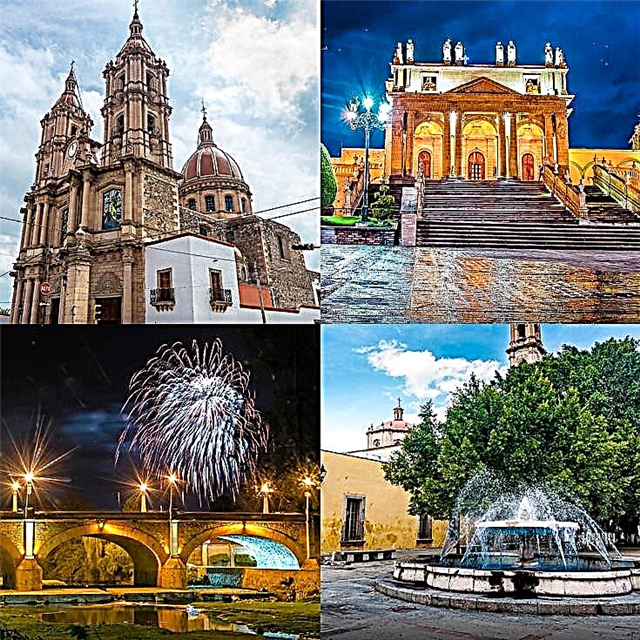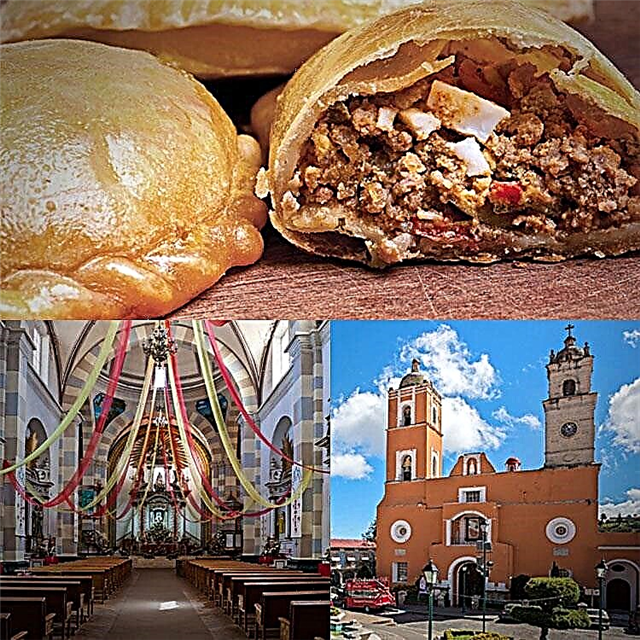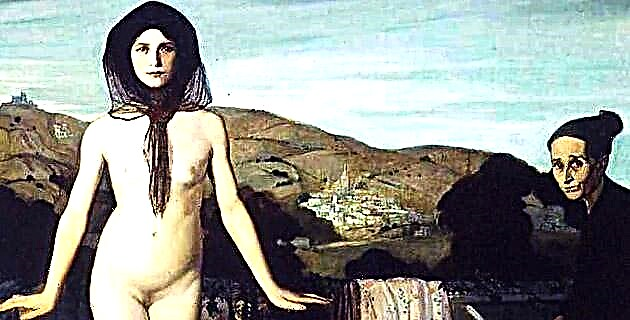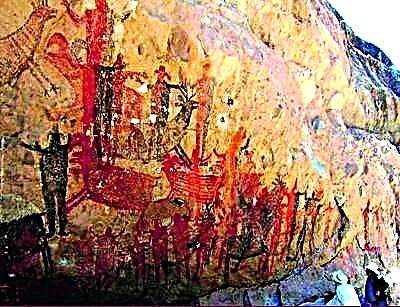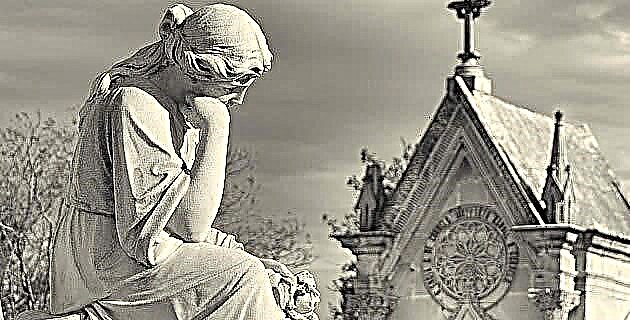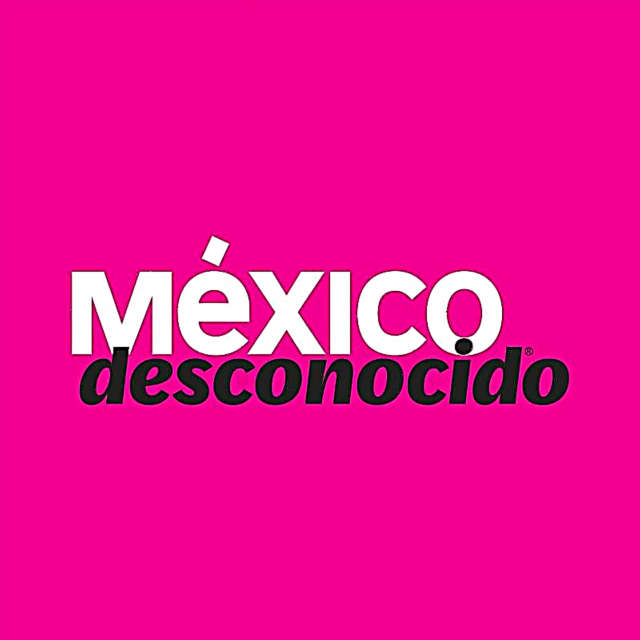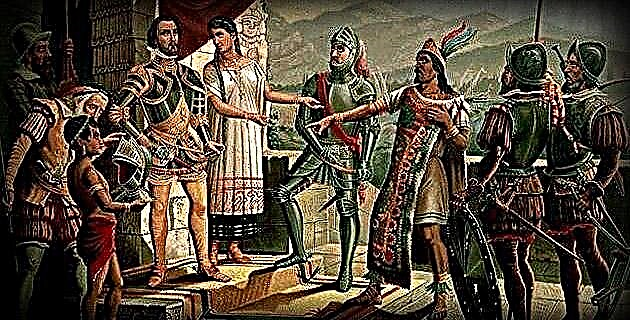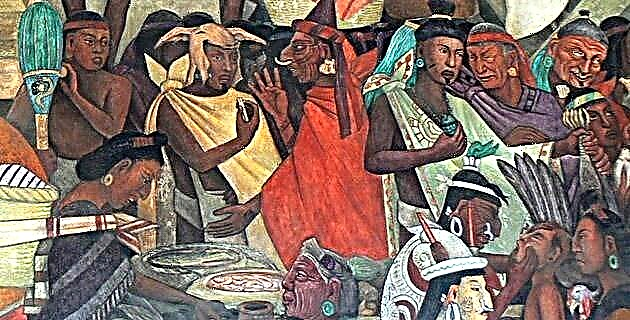
The Spanish soldiers commented on the variety of products found in the Tlatelolco market, according to what their Tlaxcalans and Zempoaltecas allies told them, who knew of the importance of this exchange center for the Aztec rulers.
The rumors reached the ears of Hernán Cortés, who, moved by curiosity, asked Moctezuma that some of the indigenous nobles he trusted take him to that place. The morning was splendid and the group, led by Extremadura, quickly crossed the northern sector of Tenochtitlan and entered Tlatelolco without problems. The presence of Citlalpopoca, one of the main leaders of this market city, commanded respect and fear.
The famous tianguis de Tlatelolco was made up of a set of buildings in the manner of spacious rooms around a large patio where more than thirty thousand people met daily to exchange their products. The market was a formal institution of great importance for the economy of the two cities, so great care was taken in its celebration and the smallest details were monitored to avoid theft and deception.
It was commonly forbidden to go armed to the tianguis, only the Pochtec warriors used their lances, shields and macáhuitl (a kind of clubs with an obsidian edge) to impose order; That is why when the delegation of visitors arrived with their personal weapons, for a moment the people who were wandering through the market stopped fearful, but the words of Citlalpopoca, who in a loud voice informed that the foreigners were protected from the great Moctezuma, calmed their spirits and people returned to their normal activities.
Hernán Cortés highlighted the fact that despite the crowd, an internal order was perceived; This was due to the dispositions of the hierarchs who directed commerce in the city, who demanded that the merchants congregate in the different sectors of the great patio according to the nature of the products they offered, leaving between them a space that allowed them to roam freely. and easily observe the variety of goods.
Hernán Cortés and his group went to the animal section: the Spanish chief was amazed at the rarity of the native fauna. His attention was immediately drawn to the xoloizcuintli, hairless dogs, red or leaden, which were used in funeral rites or cooked on certain festivals. They found the quail similar to the chickens of Castile, hence they were called hens of the land.
Along with the hares were the teporingos, wild rabbits that abounded on the slopes of volcanoes. The Spaniards were surprised by the abundance of snakes, which, according to what they were told, constituted a delicious dish; what Cortés did not accept was the veneration that the natives gave to these animals.
The bird that Cortés appreciated most was the turkey, whose tasty meat he had tasted during his stay in the royal palace. When he passed by the section where food was served and inquired about the main dishes, he learned that there was a wide variety of tamales that were filled with beans, sauces and fish.
Since the captain was interested in seeing the merchants specializing in precious metals, he quickened his steps, crossing between the vegetable and seed stalls, glancing sideways at the vegetables, the enormous quantity of chili peppers, and the vivid colors of the corn with which they were made. Smelly tortillas (which were never to his taste).
Thus he came to a wide street framed by various products made with turquoise mosaics, jade necklaces and other green stones called chalchihuites; He paused for a long time in front of the stalls where the gold and silver discs gleamed, as well as the nuggets and dust of the golden metal, along with the many jewels and ornaments with strange figures produced by the ingenuity of the goldsmiths.
Through his interpreters, Cortés constantly asked the sellers about the provenance of the gold; he inquired about the mines and the exact place where they were. When the informants answered that in the distant kingdoms of the Mixteca and other areas of Oaxaca, people collected gold stones in the waters of the rivers, Cortés thought that such vague answers were intended to distract him, so he insisted on more information precise, while secretly planning the future conquest of that area.
In this section of the tianguis, in addition to the valuable metallurgical objects, he admired the quality of the textiles made mainly with cotton, from which the garments worn by the nobles were made, whose decoration consisted of colorful designs that came from the backstrap loom.
From afar he sensed the presence of the pottery vendors, and the stalls of the herbalists attracted his curiosity. Cortés knew well the value of some of the herbs, since he saw his soldiers heal with plasters applied by native doctors after some encounters with the indigenous forces during their tour of the Veracruz coast.
At one end of the market he observed a group of people who, like prisoners, were for sale; They wore a cumbersome leather collar with a wooden beam on the back; to his questions, they answered that they were the tlacotin, slaves for sale, who were in this condition due to debts.
Led by Citlalpopoca to the place where the rulers of the market were, on a platform he contemplated as a whole the noisy crowd that, through direct barter, daily exchanged the products necessary for their subsistence or acquired the valuable goods that distinguished the nobility. of common people.

